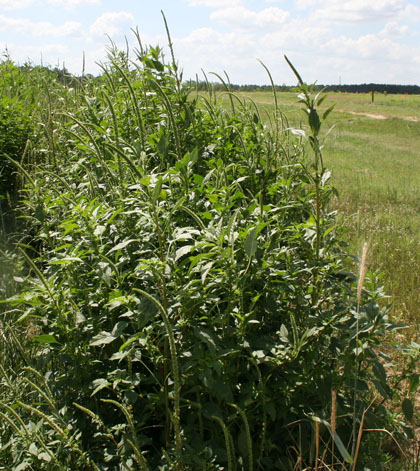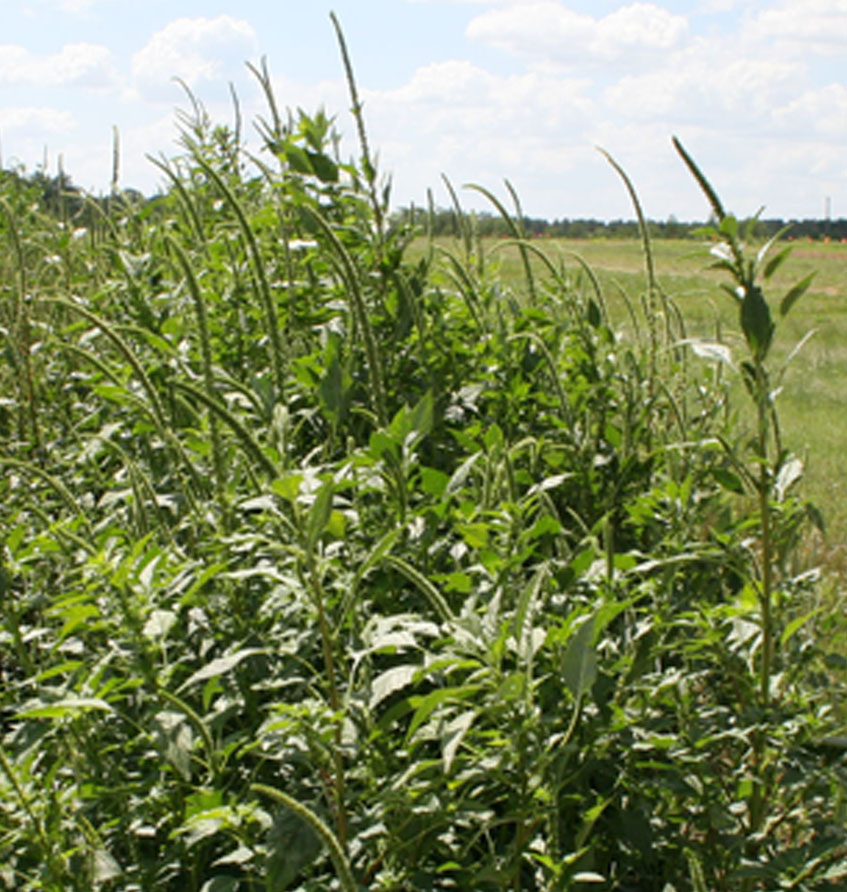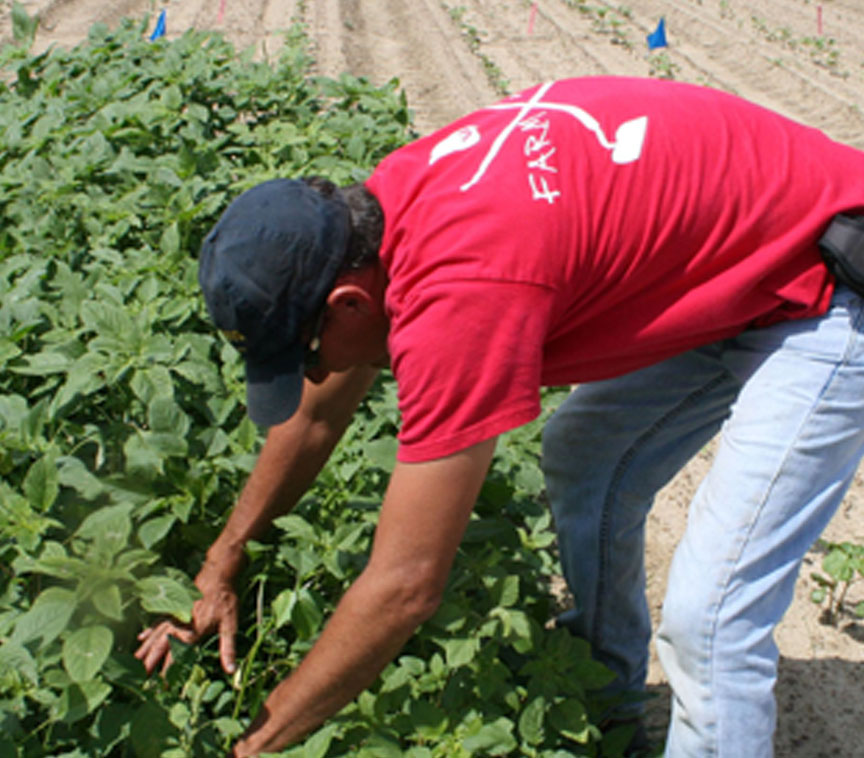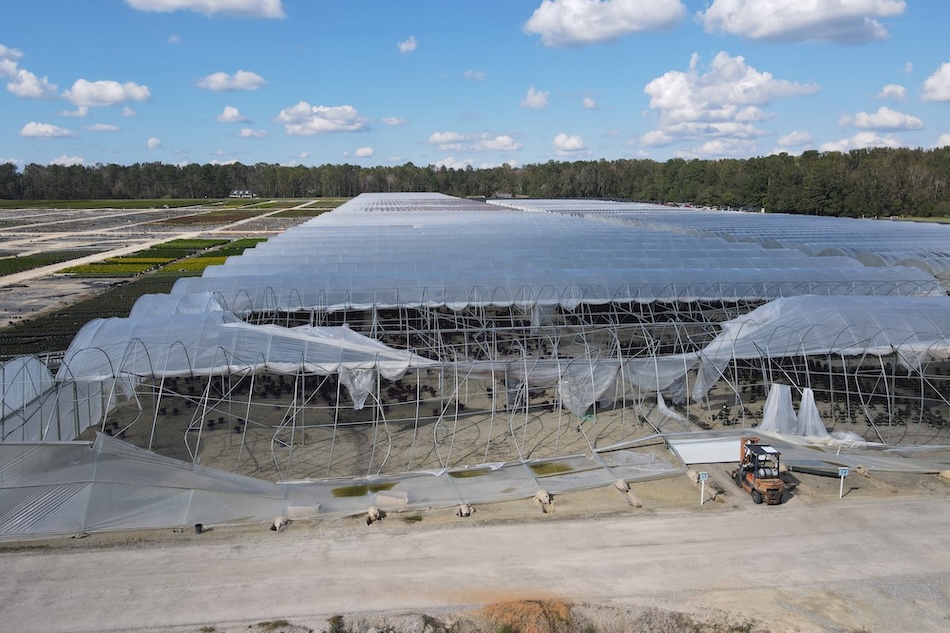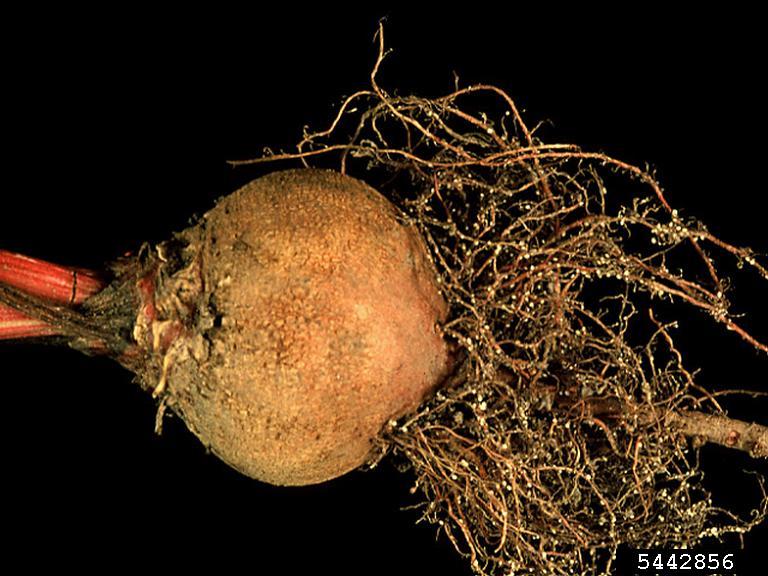The most destructive adversary to impact cotton production since the boll weevil is costing cotton farmers potential yields and profit.
Farmers have to work diligently to keep up with the herbicide-resistant weed, technically known as Palmer amaranth.
Stanley Culpepper, an agronomist with the University of Georgia Cooperative Extension, has researched Palmer amaranth for almost a decade. The veteran weed scientist hasn’t studied any pests that compare to “pigweed.”
“This is a significant adversary, or to be frank, it’s simply a stud,” Culpepper said. “It’s the first real weed pest that can come on your farm, you see it in year one and by year three, it dominates the entire landscape.”
Weed scientists and farmers have used numerous control methods to keep the weed in check, with most cotton farmers hand weeding at least a portion of their crop. Ninety-two percent of Georgia farmers hand weeded 52 percent of their crop over the past couple of years, Culpepper said.
Growers are trying to be more proactive with a sound herbicide system in an effort of reducing hand weeding. Herbicide use increased dramatically after resistance was confirmed in Palmer amaranth in 2005. The most effective herbicides are only impactful if fields receive irrigation or rainfall at the ideal time, Culpepper said.
“If Mother Nature cooperated with us every day, we’d be okay. When you add the unknown of Mother Nature in there then we are extremely vulnerable. For example, if a residual herbicide is applied and it does not get activated by rainfall or irrigation before the pigweed comes up, then we are in trouble. In contrast, if we get heavy rains then we will likely get great pigweed control, but can get tremendous cotton injury. It can be (and usually is) a nightmare.”
“Mother Nature has to cooperate to some degree if we are to be successful managing Palmer amaranth and producing a great cotton crop,” Culpepper said.
Management systems are effective but costly. Culpepper said Georgia cotton growers spend more than $100 million per year to manage Palmer amaranth.
“One hundred percent of all growers that have had success will tell you the same thing,” Culpepper said, “‘I was successful in managing the plant, but I’m not economically sustainable.’ We’re spending $80, $90, $100 per acre to manage this one plant. We cannot keep doing that.”
Before Palmer amaranth became resistant to glyphosate, farmers were spending about $23 per acre, he said. The extra costs for glyphosate-resistant Palmer amaranth management are proving to be detrimental to cotton farmers. This is what drives researchers like Culpepper to find a better solution.
“Folks like myself, that’s really our overall objective — figuring out how to implement new programs that are effective but more economically sustainable,” Culpepper said. “Palmer amaranth has changed the world of agriculture like no other weed.”
The crop-altering weed makes picking cotton almost impossible due to its enormous growth potential. According to Culpepper, when conditions are favorable, Palmer amaranth can grow an inch and a half or two inches per day. It can reach a height of 7 to 10 feet tall. The overwhelming size of the plant can also adversely affect cotton equipment moving through a field.
Palmer amaranth can also rob cotton plants of much-needed resources. It competes for moisture and steals nutrients cotton. The result is reduced cotton yields.
Reproduction factors in Palmer amaranth’s role as a dominant pest, too. A female plant can produce approximately 400,000 seed in dry land production. In irrigated fields, seed production can reach 750,000 per female plant.
Despite the damage inflicted by Palmer amaranth, Culpepper believes progress has been made in the fight to manage it.
“We are making progress, but that’s only for growers that are aggressive and staying the course every year. You can’t miss one year. If you miss one year, because so many seed are produced, you’re back to ground zero,” Culpepper said.
For more information about Palmer amaranth and UGA’s programs to control it in cotton, visit www.caes.uga.edu/Publications/pubDetail.cfm?pk_id=7808.

